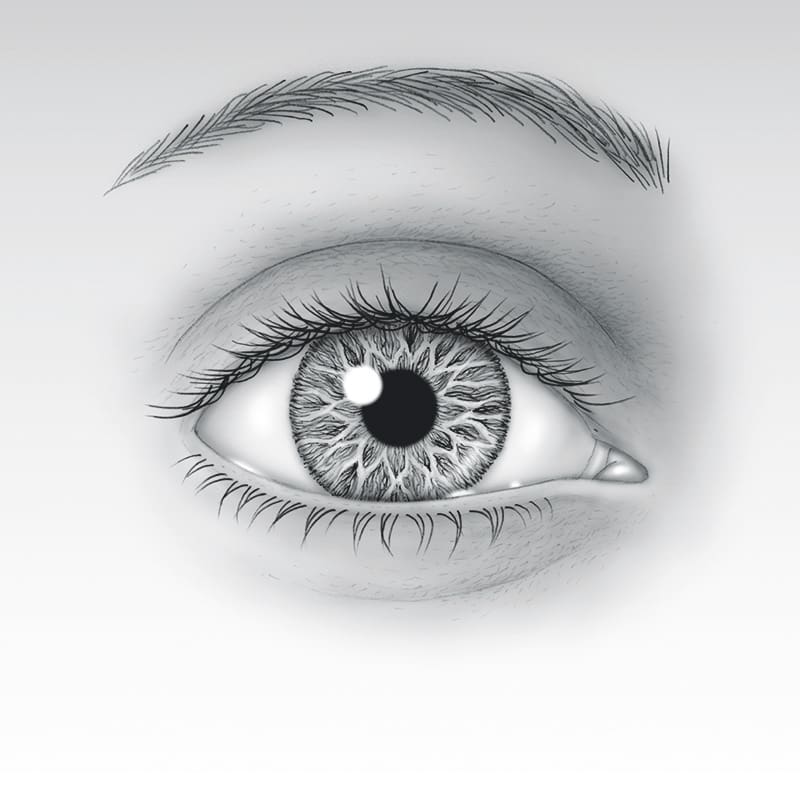Orbital Tumors (Tumors in the Eye Socket)
What Is an Orbital Tumor?
The orbit is the bony socket that holds the eye and nearby structures like muscles, nerves, fat, and blood vessels. A tumor in this area is called an orbital tumor. Tumors may be:
• Benign (non-cancerous)
• Cancerous
• Primary (starting in the orbit)
• Secondary (spread from another area, like the sinuses, skin, or brain)
These growths can develop in children or adults and may grow slowly or quickly.

What Are the Symptoms?
Some orbital tumors don’t cause any symptoms at first. Others may cause:
• A bulging eye (proptosis)
• Double vision
• Eye pain or pressure
• Decreased or blurred vision
• Eyelid swelling or drooping
In rare cases, vision loss can occur. If any of these symptoms appear, it’s important to see a doctor who specializes in orbital conditions.
How Are Orbital Tumors Diagnosed?
Diagnosis begins with a detailed eye and eyelid exam. Your doctor may order:
• CT scan or MRI to locate the tumor and evaluate its size
• Biopsy (removal of a small sample) to confirm the diagnosis
Accurate diagnosis is critical to deciding the best course of treatment.
Treatment Options
Treatment depends on the type, size, and location of the tumor. Options include:
• Observation (some benign tumors may not require treatment)
• Surgical removal
• Radiation therapy
• Chemotherapy or immunotherapy
In some cases, your oculofacial plastic surgeon will work with other specialists like neurosurgeons or ENT (ear, nose, and throat) surgeons, especially if the tumor is near sensitive areas.
Risks and Complications
Any tumor in the orbit can affect vision or eye movement. Surgery and other treatments may carry risks such as:
• Bleeding
• Infection
• Vision changes
• Need for follow-up procedures
Let your doctor know if you’re taking blood thinners or have other medical conditions that could affect surgery or healing.
Summary
Orbital tumors are uncommon but treatable. Some require monitoring, while others need prompt treatment. Your oculofacial plastic surgeon will coordinate your care, explain the diagnosis, and guide you through the next steps with a personalized plan.